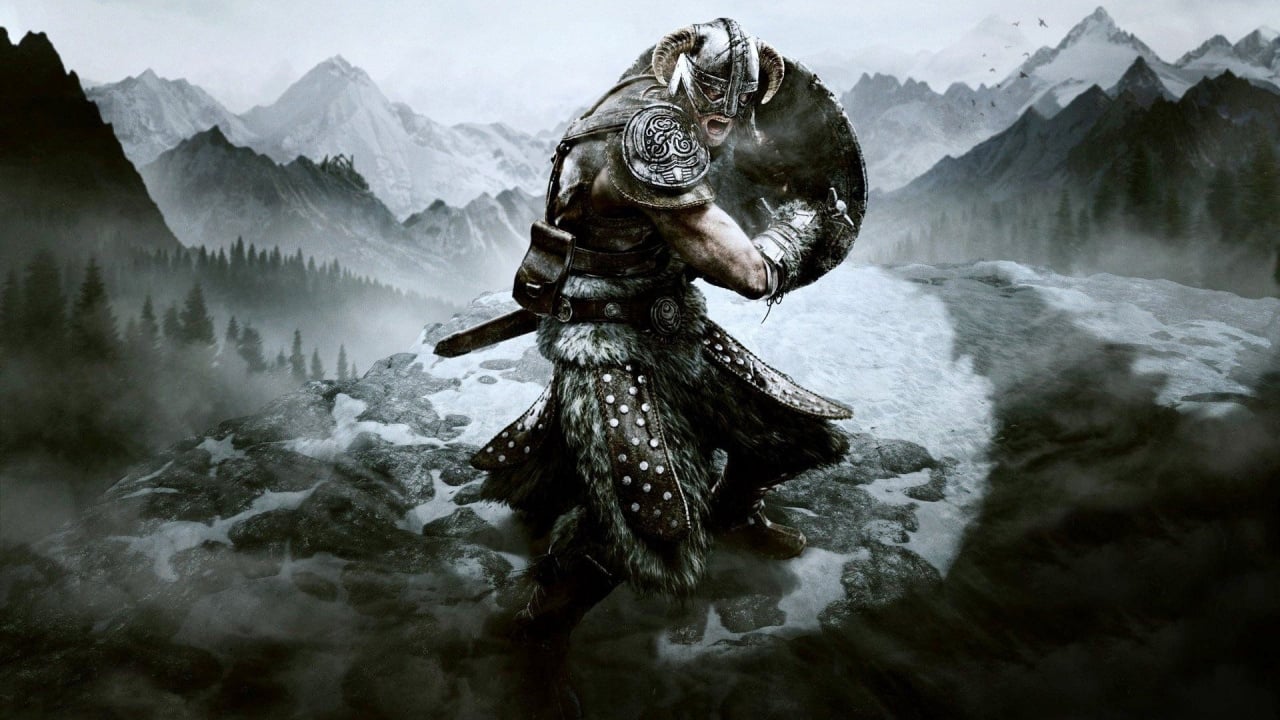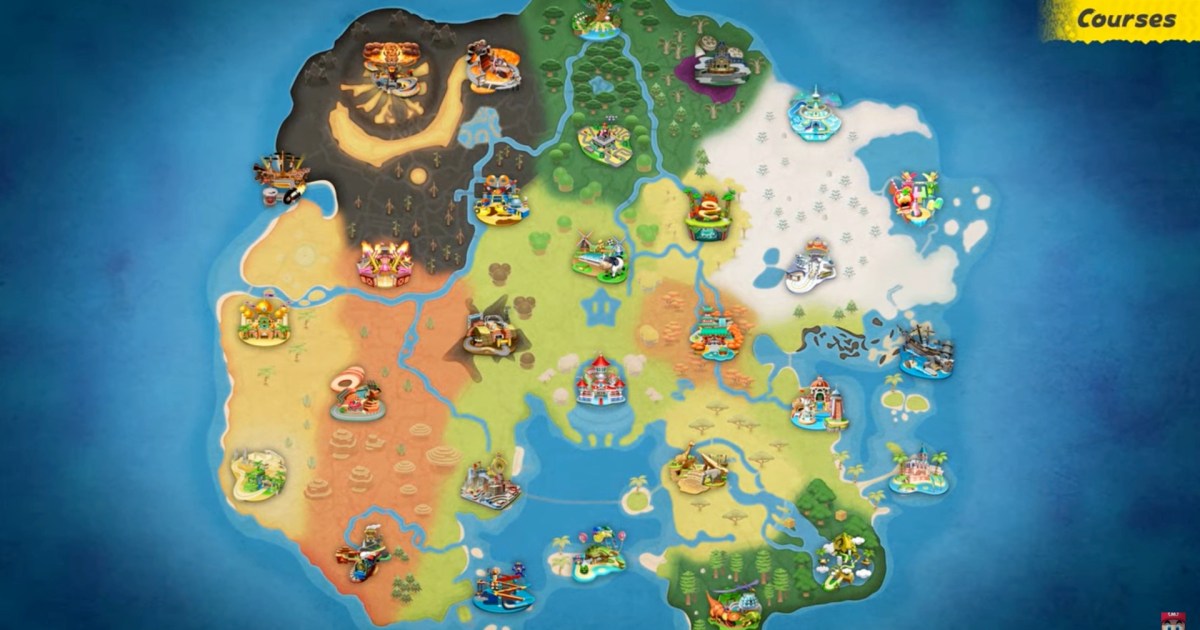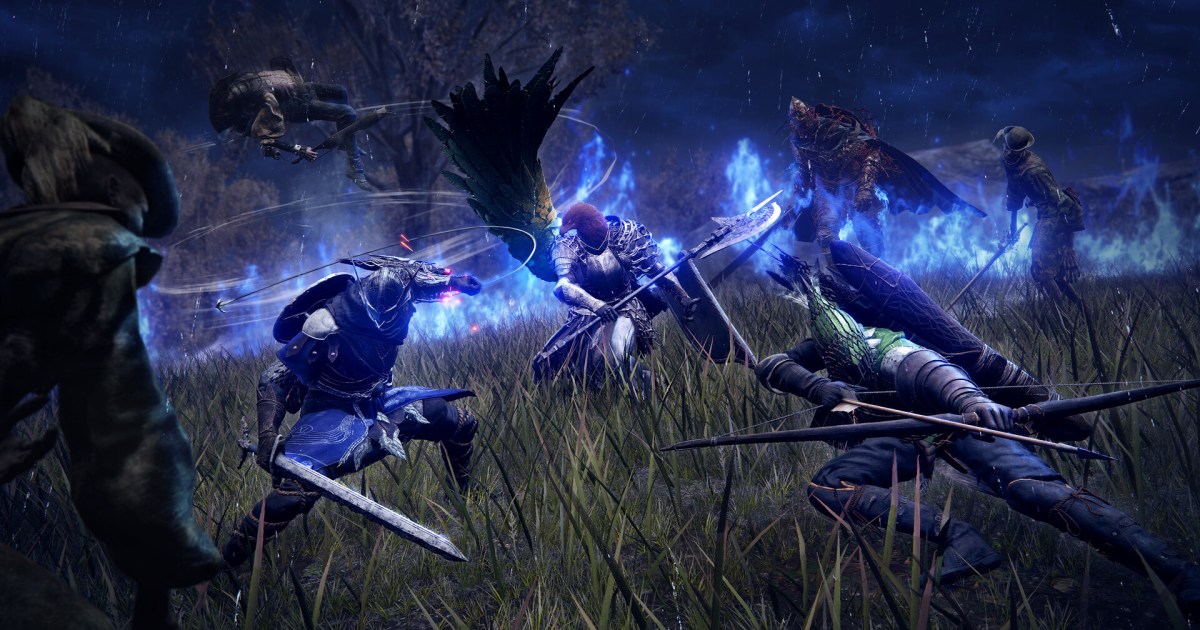The Elder Scrolls series boasts a rich and expansive world, Tamriel, captivating players since the early 1990s. With the anticipation for Elder Scrolls 6 building, revisiting previous titles offers a chance to delve deeper into the lore and witness the evolution of this iconic franchise. Unlike some series, every Elder Scrolls game is considered canon, contributing to the overarching narrative. While choosing a game based on visual appeal is tempting, experiencing the series chronologically or by release date provides a more comprehensive understanding of Tamriel’s history. This guide presents both approaches, outlining the official order of every Elder Scrolls game.
 The Elder Scrolls games through the years
The Elder Scrolls games through the years
The Elder Scrolls franchise has evolved significantly over the decades, consistently pushing the boundaries of open-world RPGs and simulations. Each entry has offered unique experiences within the provinces of Tamriel, expanding the world with each new release and subsequent expansions. Playing the games in release order showcases the impressive growth of the series.
Elder Scrolls Games by Release Date
For those interested in witnessing the franchise’s evolution firsthand, the release date order is as follows:
- (Note: Only the original release dates are listed for games with multiple versions.)
- The Elder Scrolls: Arena (1994)
- The Elder Scrolls II: Daggerfall (1996)
- The Elder Scrolls Legends: Battlespire (1997)
- The Elder Scrolls Adventures: Redguard (1998)
- The Elder Scrolls III: Morrowind (2002)
- The Elder Scrolls Travels: Stormhold (2003)
- The Elder Scrolls Travels: Dawnstar (2004)
- The Elder Scrolls Travels: Shadowkey (2004)
- The Elder Scrolls IV: Oblivion (2006)
- The Elder Scrolls V: Skyrim (2011)
- The Elder Scrolls Online (2014)
- The Elder Scrolls: Legends (2016)
- The Elder Scrolls: Blades (2020)
- The Elder Scrolls VI (TBA)
Elder Scrolls Games in Chronological Order
 Skyrim Shield
Skyrim Shield
The Elder Scrolls series employs its own unique calendar system, allowing for a clear chronological ordering of events. While experiencing the games in this historical sequence offers a deep dive into the lore, it requires tracking down older PC and mobile titles. Though understanding the complete timeline enhances the experience, it isn’t crucial for enjoying the latest installments. For those dedicated to a chronological journey, the official timeline is provided below:
(Time periods are denoted by Eras (E) followed by the year.)
- The Elder Scrolls Online (2E 582)
- The Elder Scrolls Adventures: Redguard (2E 864)
- The Elder Scrolls: Arena (3E 389 – 3E 399)
- The Elder Scrolls Travels: Shadowkey (3E 397)
- The Elder Scrolls Legends: Battlespire (3E 398 – 405)
- The Elder Scrolls II: Daggerfall (3E 405 – 3E 417)
- The Elder Scrolls III: Morrowind (3E 427)
- The Elder Scrolls IV: Oblivion (3E 433)
- The Elder Scrolls: Legends (4E 175 – 201)
- The Elder Scrolls: Blades (4E 180)
- The Elder Scrolls V: Skyrim (4E 201)
- The Elder Scrolls Travels: Stormhold and The Elder Scrolls Travels: Dawnstar (Unknown)
- The Elder Scrolls VI (TBD)
This chronological approach presents a compelling way to experience the rich tapestry of Tamriel’s history, unfolding the narrative across different eras and platforms. While undertaking this journey might pose a challenge, the immersive experience and deep understanding of the lore make it a rewarding endeavor for dedicated fans.











